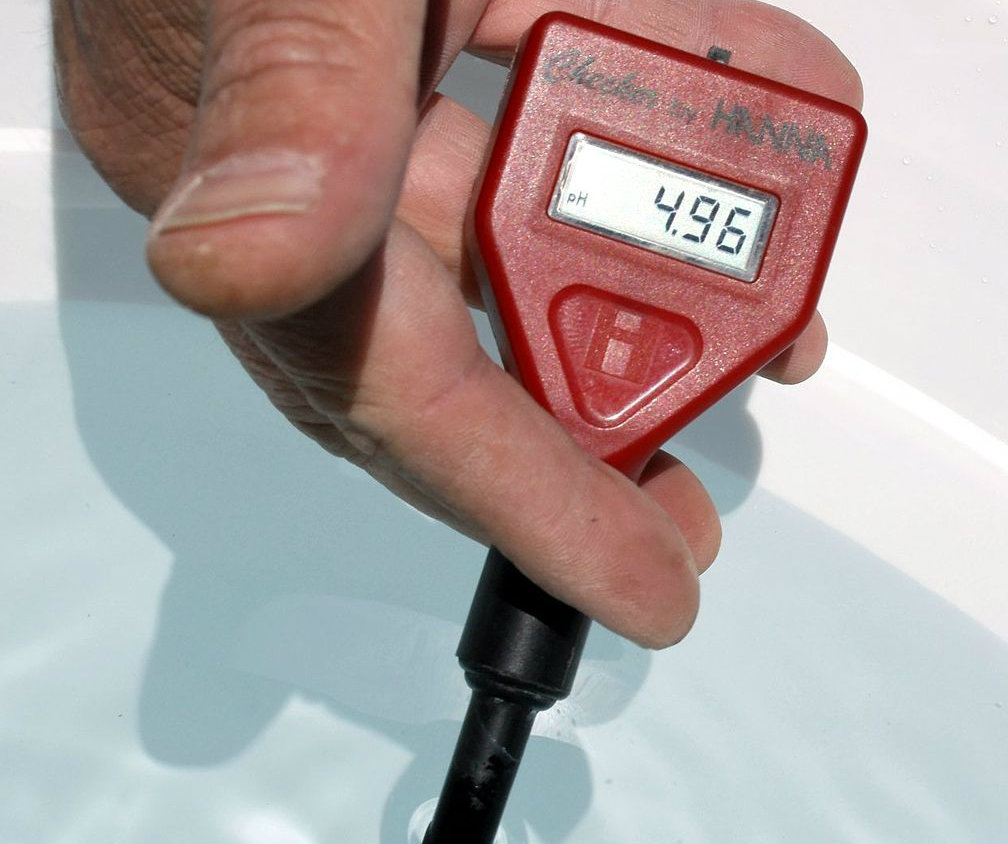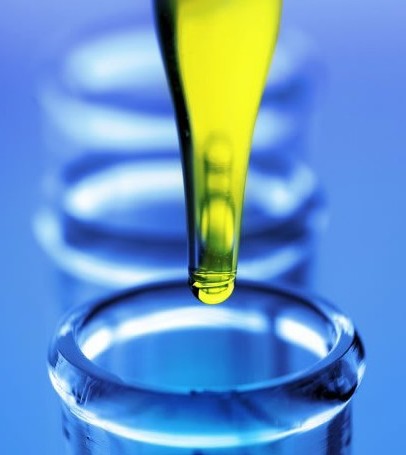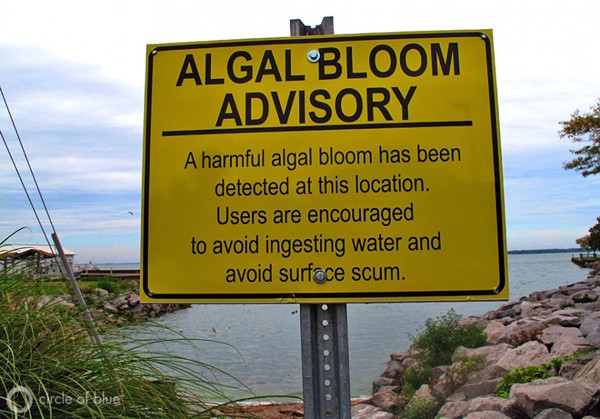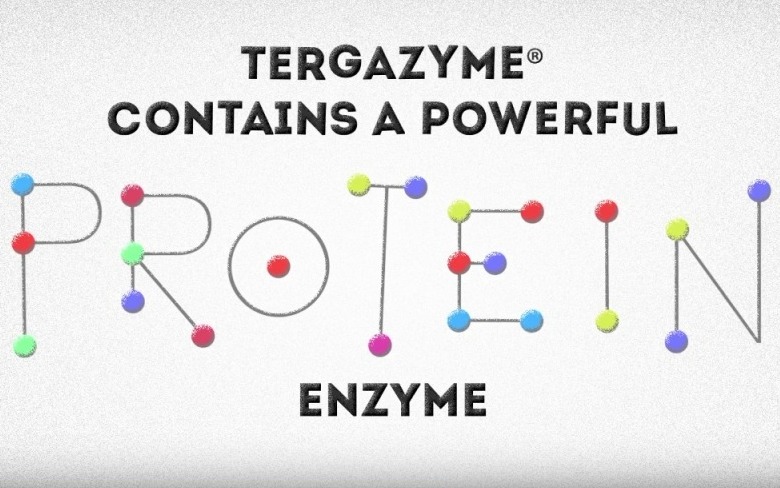Brix vs. Conductivity: Measuring Ultrasonic Bath Concentration
Several years ago, our plant was directed to use the Refractive Index as a method of letting us monitor bath concentration during ultrasonic cleaning with your Liquinox detergent. More recently, our factory in Asia switched to Liquinox and were directed to use a conductivity measurement to monitor concentration. I decided to measure our cleaning bath using both methods and found a discrepancy — the brix (Refractive Index) reading was slightly above 1% concentration, but the Conductivity reading was nearly 2% concentration.
Lab Pipette Cleaning: Removing Wax
What is the best way for removing wax from pipettes and glassware? The best way to clean wax and petrolatum from pipettes is to use very hot 1% solutions.
Let’s Talk Detergent Foam
Q: Why is Liquinox not recommended for automated washer use?
A: It’s all about the foam. Liquinox® Critical Cleaning Liquid Detergent is a powerful emulsifier of organic and oily residues, and contains high-foaming surfactants.
While making a mess may come to mind, there’s more at play…
No Liquinox Algae Bloom
Q: Will Liquinox cause algae bloom? A: No. Liquinox will not cause algae bloom. Here’s why. There are several important factors concerning discharge of spent cleaning solutions into the environment: biodegradability, aquatic toxicity and eutrophication acceleration. Algae blooms relate specifically to eutrophication.
The primary source of eutrophication is…
Pharmaceutical Cleaning: Probiotics
Q: Can you tell me if Liquinox can clean/remove pharmaceutical probiotics? We use this product to clean our packaging lines. We have a customer who is looking to have us package their probiotic product.
A: Liquinox® Critical Cleaning Liquid Detergent is an excellent emulsifier of organic and oily residues. It will do the job. Best practice, however, would be to incorporate a powerful emulsifier of organic and oily residues, along with enhanced protein removal.




